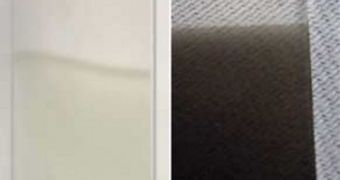Though they provide beautiful views of the surrounding areas, windows are among the most fearsome enemies of energy efficiency. More than 30 percent of the energy consumed in the United States, the largest electricity provider in the world, goes to remedying the situations that windows create. The current is used to make up for heat loss and gains, especially during winter and summer. Now, experts propose a new type of technology that, when printed on windows, could save the country up to $40 billion in uselessly spent money. The key is for the windows to be able to change their properties depending on the weather outside, Technology Review reports.
This is not the first time the idea is proposed. In fact, it has been around for quite some time now, but the advanced technologies used to make windows change colors cost a lot of money, therefore not too many people can afford them. Scientists at the National Renewable Energy Laboratory (NREL) are currently proposing a new method of producing these structures, by adding electrochromic films on existing windows via cheap printing methods. This could ensure that even existing windows can be made more energy efficient, helping keep homes at the desired temperature, and protecting the environment at the same time.
The basic operating principle of the new device is fairly simple. Sensors placed outside the home record sunlight and temperature variations, and then send signals to the materials making up the electrochromic films on the windows. These innovative materials have the ability to change color as soon as they are exposed to currents, so they can be adjusted to either allow light to come in, or reflect it. “With electrochromic windows, everything happens dynamically – you don't have to think about it. The problem is, they're too expensive,” NREL senior scientist Anne Dillon says. The innovation was presented at this week's Materials Research Society meeting, held in Boston.
The basis of the coatings consists of two layers of electrodes, separated by one layer of electrolytes. In the case of the NREL films, the electrodes are made of nickel oxide and tungsten oxide. The goal of the separating layer is to shuttle ions between the former two. For the first time ever, the electrodes have been obtained by spraying a surface with cheap chemicals and then heating it up. This proved to be highly effective in obtaining the desired effect, the team says. Massive changes in light permeability can be triggered in less than 29 seconds, team members say of their electrochromic films.

 14 DAY TRIAL //
14 DAY TRIAL //